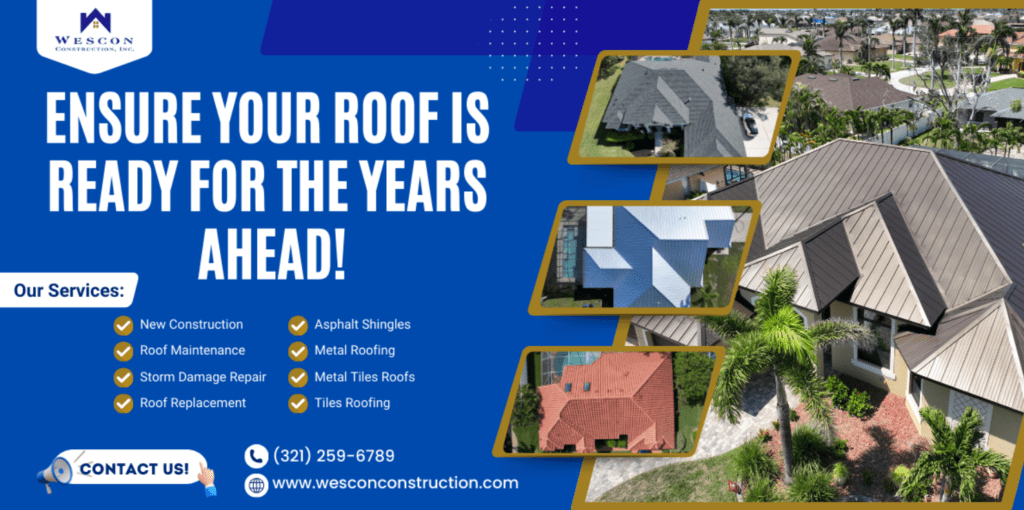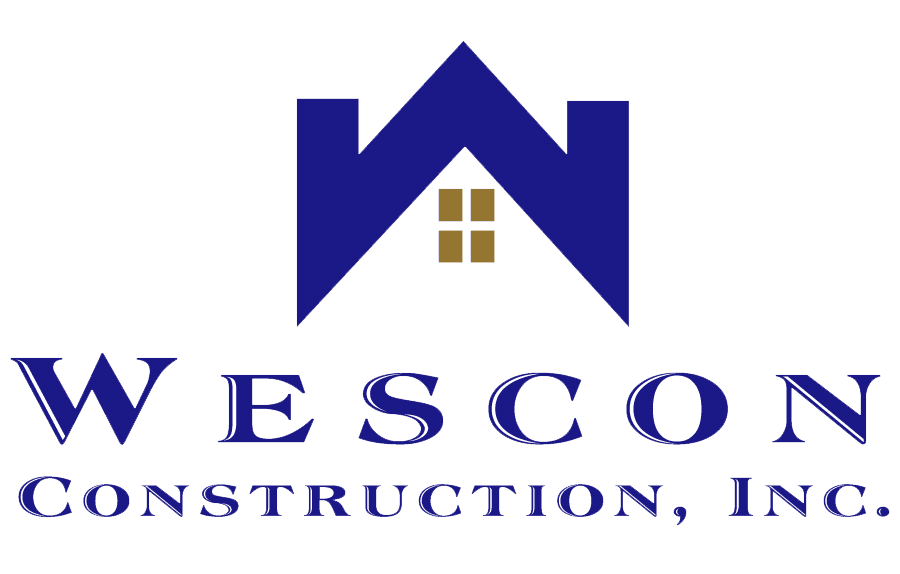Best Solar Panel Roofing For Florida Weather
Florida’s sunny climate makes it an ideal place for solar energy, but choosing the right roofing for your solar panels is key to maximizing efficiency and durability. Let’s dive into the best roofing options for solar panels in Florida so you can make an informed decision.
Key Points
- Shingle roofs offer durability and ease of installation, lasting between 20-30 years.
- Metal roofs are extremely long-lasting, with a lifespan of 40-60 years, making them a perfect match for solar panels.
- Tile roofs are highly durable, but they come with higher costs and complexity in solar panel installation.
- Tar and gravel roofs are energy-efficient but may need additional hardware for optimal solar panel placement.
- Top solar panel brands like Maxeon, REC, Panasonic, and Znshine are well-suited for Florida’s climate.
Standing Seam Metal Roofs
Standing seam metal roofs are a specific type of metal roof. So while all standing seam metal roofs are metal roofs, not all metal roofs are standing seam. Standing seam metal roofs are one of the most durable and efficient roofing options available for solar panel installations, especially in Florida’s challenging climate.
These roofs are constructed with vertical metal panels that have raised seams, which provide a sleek appearance and enhanced durability.
One of the standout features of standing seam metal roofs is their suitability for solar panel installation. The raised seams allow solar panels to be attached without the need for drilling into the roof, reducing the risk of leaks and maintaining the roof’s integrity. This method also simplifies the installation process, potentially lowering labor costs.
In addition to their solar compatibility, standing seam metal roofs are known for their longevity, often lasting 40 to 70 years with minimal maintenance. They are highly resistant to severe weather conditions, including high winds, heavy rain, and even hurricanes, making them an ideal choice for Florida homeowners.
The reflective properties of metal also help in reducing heat absorption, which can lower cooling costs and improve the overall efficiency of your solar panels. While the initial cost may be higher than other roofing materials, the long-term benefits of durability, energy savings, and ease of solar installation make standing seam metal roofs a smart investment.
Shingle Roofs
Shingle roofs are a favorite among Florida homeowners for good reason. They offer durability, typically lasting between 12 and 20 years, making them a reliable choice for solar panel installations. Made from materials like asphalt or composites, shingle roofs are both sturdy and cost-effective.
One major benefit of shingle roofs is the ease of installing solar panels. The process involves drilling studs into the roof to secure the panels and sealing any gaps to prevent leaks. This straightforward method means you won’t need specialized tools, keeping installation costs low.
Shingle roofs also blend well with solar shingles, a newer technology designed to look like traditional roofing shingles while functioning like solar panels. This option is perfect for those who want to maintain their home’s aesthetic while going green.
In short, shingle roofs combine durability, cost-effectiveness, and ease of installation, making them an excellent choice for solar panels in Florida.
Metal Roofs
Metal roofs are an outstanding choice for solar panel installations, particularly in Florida. These roofs are known for their exceptional durability, often lasting 40 to 70 years or more, which makes them a cost-effective long-term investment despite the higher initial costs.
A significant advantage of metal roofs is their ability to reflect sunlight, helping to keep your home cooler and reducing energy bills—a big plus in Florida’s warm climate. Additionally, metal roofs are resistant to severe weather conditions, including hurricane winds and heavy rain, making them ideal for the state’s unique environment.
If your metal roof has standing seams, installing solar panels becomes even simpler. Panels can be attached directly to the seams without the need for drilling, reducing labor costs and avoiding potential damage to the roof. This method speeds up the installation process and ensures efficiency.
While the initial cost of a metal roof may be higher compared to other materials, the long-term benefits, including minimal maintenance and enhanced durability, make it a wise investment.

Tile Roofs
Tile roofs are a common choice in Florida, particularly for homes with Mediterranean or Spanish-style architecture. They offer a beautiful look along with durability, as they’re made from materials like clay and concrete. If maintained properly, tile roofs can last for decades.
These roofs are fire-resistant, insect-resistant, and their heavy weight provides stability in high winds, which is crucial in Florida’s hurricane-prone areas. However, this weight also means that a strong structural support system is necessary, which can increase overall costs. Despite the higher upfront expense, the long lifespan and low maintenance needs of tile roofs often justify the investment. Regular inspections and prompt repairs of cracked or broken tiles are essential to maintaining the roof’s integrity.
Tar and Gravel Roofs
In Florida, tar and gravel roofs are a sensible option because they offer long-lasting durability, effective water resistance, and cost-effectiveness. These roofs are often installed on low-pitch homes and provide excellent protection against the elements. The gravel layer on top serves to reflect sunlight, shielding the roof from UV rays and contributing to a cooler interior.
When installing solar panels on tar and gravel roofs, consider the following:
- Tilt Brackets: Since these roofs are typically flat, you’ll need tilt brackets to angle your solar panels for optimal sunlight exposure.
- Professional Installation: Even though working on flat roofs is easier, it’s still wise to hire professionals to mount and position your solar panel system correctly.
Overall, tar and gravel roofs are a reliable, cost-effective option for Florida homeowners, especially when combined with solar panels for enhanced energy efficiency.
Flat Roofs (Modified Bitumen, TPO, PVC)
Flat roofs are popular for modern and commercial buildings, offering a sleek, contemporary appearance. In Florida, these roofs are particularly advantageous due to the climate. They are easy to inspect and repair, and their design allows for the installation of rooftop gardens or solar panels. Proper waterproofing and drainage are essential to prevent water accumulation and potential leaks. Choosing roofing materials like modified bitumen, TPO, or PVC is crucial for standing up to Florida’s weather. Regular maintenance and inspections ensure the roof remains in good condition and any issues are promptly addressed.
Ready to take the next step in harnessing Florida’s abundant sunshine for your home? Let our experts guide you in making a smart investment that enhances your home’s energy efficiency and durability.
Conclusion
Choosing the right roofing for solar panels in Florida’s unique climate is essential for maximizing energy efficiency and ensuring long-term durability. Shingle and metal roofs are top choices due to their resilience and ease of installation. While tile and tar and gravel roofs may require additional considerations, they can still support solar panels effectively. Remember, the angle and orientation of your panels also play a significant role in their performance. By carefully selecting the best roofing material and setup, you can make a smart investment that pays off in energy savings and environmental benefits.
Need Expert Advice on Your Roofing Project? Contact us today!
"*" indicates required fields
